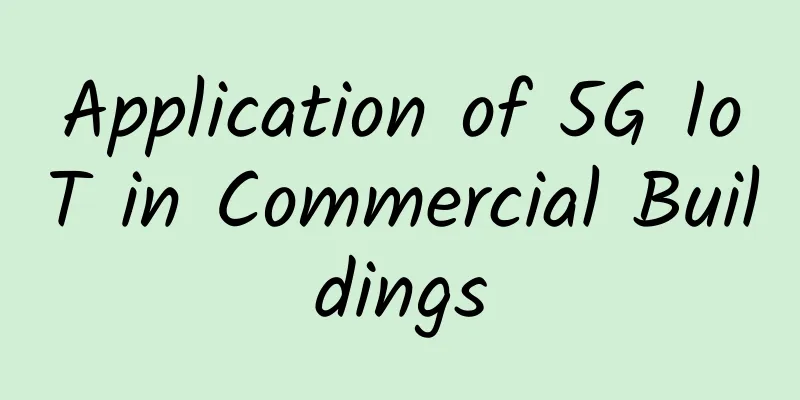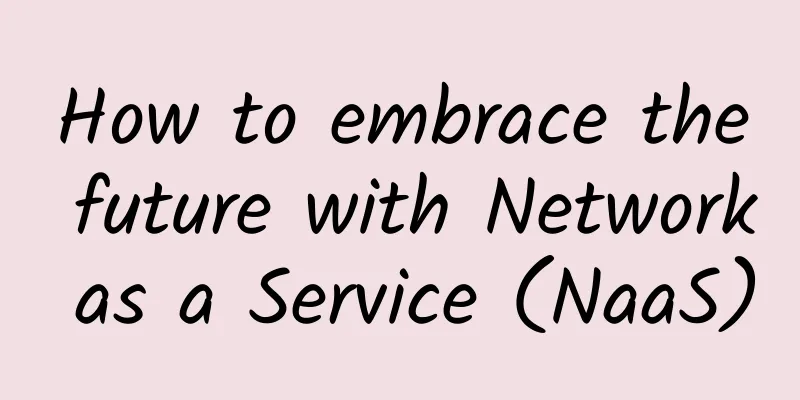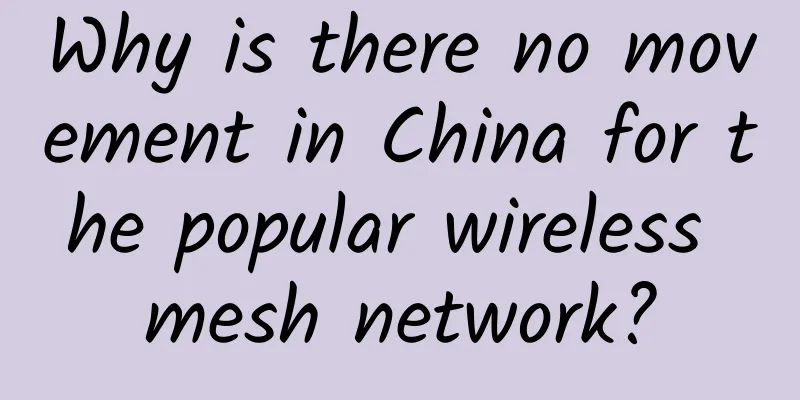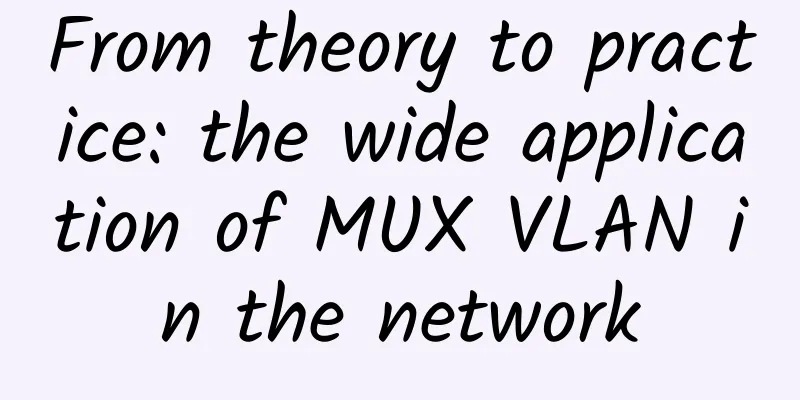5GRedCap: The role of RedCap in 5G evolution
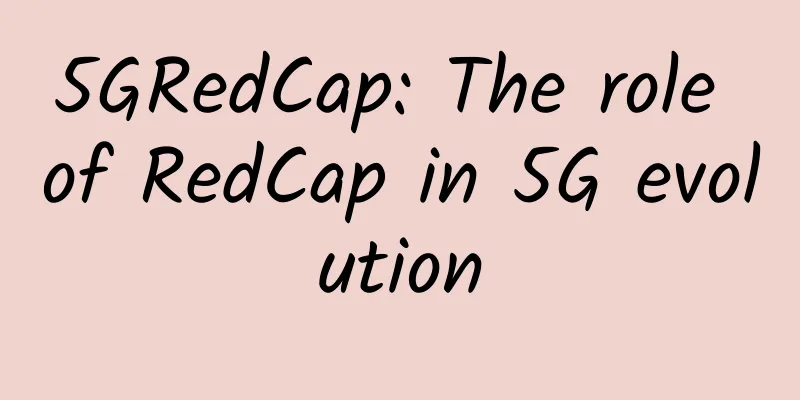
|
3GPP Release (Rel) 17, due in mid-2022, introduces reduced-capability (RedCap) 5G New Radio (NR). In some ways, 5G RedCap is designed to meet the needs currently met by LTE Cat1 to Cat4, and it is a lightweight version of the 5G standard. 5GRedCap is designed for use cases that do not require ultra-low latency but require reasonable throughput to support data streaming for next-generation applications. It is very useful for wireless industrial sensors, video surveillance, and smart wearable technology. What impact does 5GRedCap have on the Internet of Things?Although RedCap’s functionality has arrived, widespread adoption will take longer. Some IoT industry players plan to immediately integrate RedCap technology into smart wearable products, especially smart watches. Until now, devices such as smartwatches have typically connected to the internet via the user's smartphone. However, the new product uses RedCap to link directly to the cloud. Other IoT developers and service providers are exploring the possibilities of 5GRedCap. They are planning product development to comply with new standards and requirements. While cellular modules supporting 5G are under development, the broader IoT market may have to wait longer to see the full development of RedCap. The functionality of Rel 17 is still limited. Only in Rel 18 will the technology evolve to replace the current cellular low-power wide-area network (LPWAN) solution that is seamlessly carried by LTE-M and NB-IoT in 5G. Further developments in 3GPP Release 183GPP Rel18 is expected to bring further innovation to the IoT sector after its release, scheduled for the first quarter of 2024. This release will begin to reduce the number of 5G features used by IoT devices. From then on, it will take about a year to develop chipset ratings and another year to start bringing products to market. The promise of 5G massive IoT may not begin to materialize until 2026 or later. Until then, most networks plan to continue using 4G technology to serve IoT devices and focus their 5G efforts on broadband applications. What is the difference between 5G and 5GREDCAP?5G and 5GREDCAP are both terms related to mobile communications and network technology, but there are some differences between them: 5G (fifth generation mobile communication technology)5G is the abbreviation for the fifth generation of mobile communication technology, which is a new generation of wireless communication technology that aims to provide faster data transmission speeds, lower latency, more connections, higher reliability and better energy efficiency. One of the main goals of 5G technology is to support large-scale Internet of Things (IoT) applications such as self-driving cars, smart cities, smart factories, etc. 5G standards are developed by organizations such as the International Telecommunication Union (ITU) and the 3rd Generation Partnership Project (3GPP) and are being deployed around the world. 5GREDCAP5GREDCAP is a program launched by the U.S. Federal Communications Commission (FCC) that aims to accelerate the expansion of 5G network connectivity to rural and remote areas by providing financial support to promote rural economic development. The goal of the program is to ensure that rural areas can enjoy the benefits of 5G technology, including increasing internet access in rural areas, supporting agricultural automation and improving telemedicine services. 5GREDCAP is a government-funded project designed to help bridge the digital divide and enable rural communities to better participate in the digital economy. In short, 5G is a wireless communication technology standard, while 5GREDCAP is a program launched by the US government to accelerate the expansion of 5G network connections to rural and remote areas to promote rural economic development. They are obviously different in purpose and scope. Looking forward to the future of 5G IoTWhile 5G at the IoT device level is at least a few years away, the new technology will still impact IoT deployments. It will support independent networks and fixed assets (such as gateways) that manage IoT sensor communications. Early 5G RedCap use cases are expected to include consumer devices and some industrial applications in 2024. Electric utilities are looking to adopt 5G in smart grids as early as possible. Its lower latency and high bandwidth can help the system detect and send feedback to generators more efficiently. These features can regulate power generation and distribution. 5G technology may have to wait until Rel18 before it can be applied to smart meters because their latency requirements are much lower. By the end of the 2020s, as 4G is phased out, cellular IoT will likely migrate entirely to 5G. Even now, the industry is preparing to move away from legacy technology and toward newer standards. |
<<: What is Wi-Fi and why is it so important?
>>: What is the transport layer protocol?
Recommend
China Mobile Capital leads the investment in Unisplendour Cloud, completes 600 million yuan financing and focuses on the government and enterprise market
On September 15, Unisplendour Cloud Technology Co...
When to use 5G and Wi-Fi 6?
We’ve seen a lot of hype around 5G cellular and W...
Will enterprises have dedicated 5G networks in the future?
5G networks bring many benefits to smartphone use...
With blockchain, data center data security will be higher
Traditional data centers cannot always meet the n...
Will the difficulties faced by the communications industry continue in 2019?
Even though this topic is a bit heavy, as researc...
Huawei's "Knowledge Conference 2020" is about to kick off, let's join the carnival party for "knowledgeable people"!
Where the will goes, there is a way; not even the...
5GRedCap: The role of RedCap in 5G evolution
3GPP Release (Rel) 17, due in mid-2022, introduce...
Unveiling the "veil" of smart courts, the old look is transformed by 5G applications
In a society ruled by law, it is normal to go to ...
DeployNode: $3.49/month KVM-1GB/15G NVMe/2TB/Los Angeles & New York
DeployNode is a foreign hosting company founded i...
HostXen: US/Japan/Hong Kong VPS 6GB memory from 70 yuan/month, new users register to get 20 yuan
HostXen is a domestic hosting company founded in ...
A new WiFi application enables 3D object imaging
Scientists at the Technical University of Munich ...
Who "raped" my network? Most likely it was the operator who "played rogue"!
Since I became the editor of the wireless network...
My girlfriend suddenly asked me what DNS is...
[[357457]] This article is reprinted from the WeC...
edgeNAT: 48 yuan/month KVM-2GB/20G SSD/2M unlimited/Korea & Hong Kong
edgeNAT is a Chinese VPS hosting company establis...
What does Wi-Fi 6 and 5G convergence look like?
With Wi-Fi 6 and 5G convergence, the connectivity...

